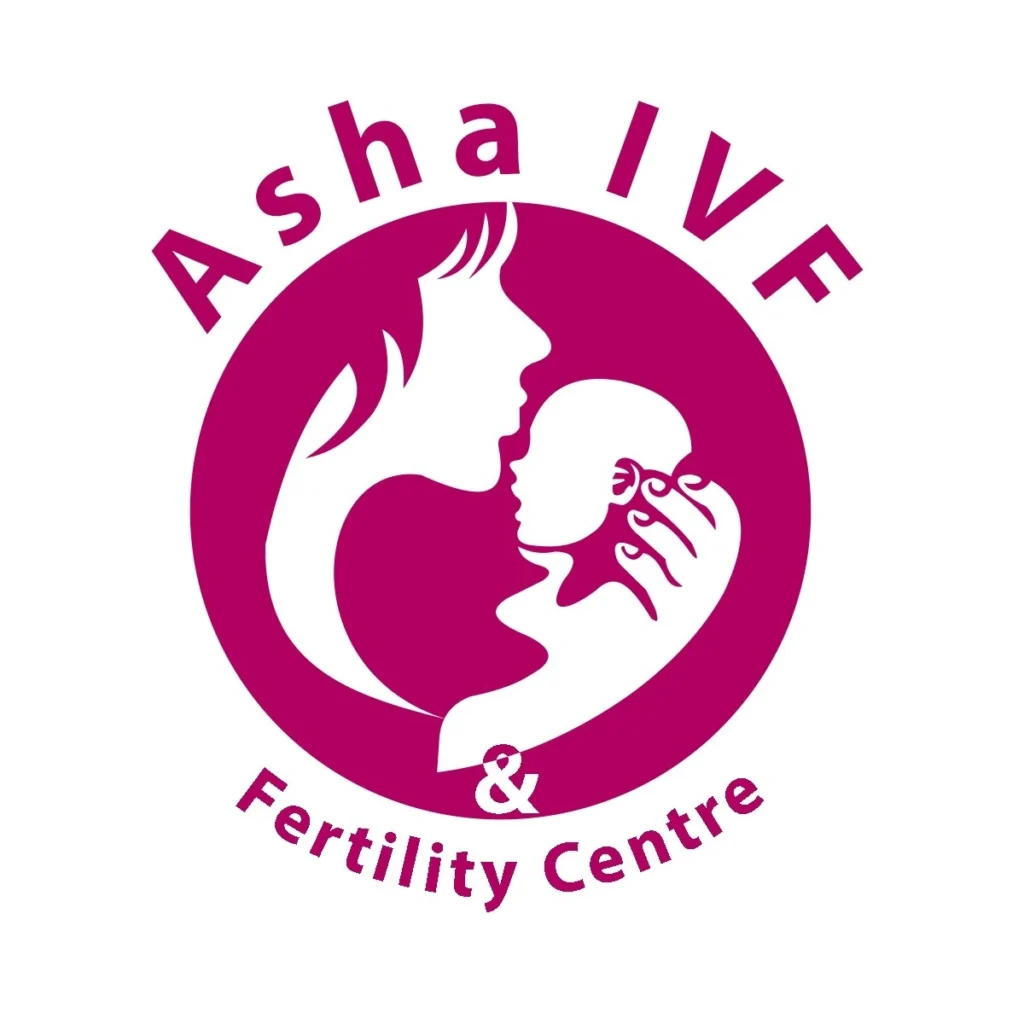If you’ve ever been on the IVF rollercoaster, you know how tough it can be. Each cycle comes with a mix of hope, stress, and often, disappointment. The emotional, physical, and financial toll of multiple IVF cycles is hard to overstate. But what if there was a way to increase your chances of success with fewer attempts? That’s where the Endometrial Receptivity Array (ERA) comes in. This innovative test could be the game-changer you need, helping you succeed with fewer IVF cycles. Let’s dive into how ERA works and why it might be the solution you’ve been looking for.
What Is ERA?
The Endometrial Receptivity Array (ERA) is a diagnostic test that determines the best time for embryo transfer during an IVF cycle. Essentially, it assesses the receptivity of the endometrium (the lining of the uterus) to pinpoint the optimal window for implantation. By doing so, ERA aims to enhance the chances of successful embryo implantation and, ultimately, a successful pregnancy.
How ERA Works
To understand how ERA works, it’s important to grasp the concept of the “implantation window.” This is a specific period during the menstrual cycle when the endometrium is most receptive to an embryo. In most women, this window occurs roughly between days 19 and 21 of a 28-day cycle. However, for some, this window might shift due to various factors, leading to unsuccessful embryo transfers.
ERA involves taking a small biopsy of the endometrial tissue, usually a few days before the expected embryo transfer. The sample is then analyzed to assess the expression of 238 genes associated with endometrial receptivity. This detailed analysis helps determine whether the endometrium is receptive or not at the time of the biopsy. If it’s not, the test can predict the optimal time for the embryo transfer, personalized to your unique cycle.
ERA’s Role in IVF
Increasing IVF Success Rates
One of the primary reasons couples opt for ERA is its potential to increase the success rates of IVF. Traditional IVF cycles are often based on standard protocols that may not account for individual variations in the implantation window. ERA provides a personalized approach, ensuring that the embryo is transferred at the exact moment when the endometrium is most receptive. This tailored timing can significantly improve the chances of implantation and pregnancy.
Reducing the Number of IVF Cycles
By identifying the precise implantation window, ERA can help reduce the number of IVF cycles needed to achieve a successful pregnancy. This is especially beneficial for couples who have undergone multiple failed IVF attempts. Knowing the optimal time for embryo transfer can prevent the emotional and financial strain of repeated cycles, making the journey to parenthood smoother and less stressful.
Addressing Recurrent Implantation Failure
For couples experiencing recurrent implantation failure (RIF), ERA can be a game-changer. RIF is defined as the failure to achieve a clinical pregnancy after several IVF cycles with good-quality embryos. In many cases, the underlying issue is related to the timing of embryo transfer. ERA can identify and correct this timing, offering hope to couples who have faced the heartbreak of multiple failed cycles.
The ERA Process
Consultation and Planning
The ERA process begins with a consultation with your fertility specialist. They will discuss your medical history, previous IVF attempts, and any other relevant factors. If ERA is deemed appropriate, a personalized plan will be created for your cycle.
Endometrial Biopsy
The next step is the endometrial biopsy, which is typically performed during the luteal phase of your menstrual cycle. This procedure involves inserting a thin catheter into the uterus to collect a small tissue sample. While the thought of a biopsy might sound daunting, the procedure is usually quick and causes only mild discomfort for most women.
Laboratory Analysis
The collected tissue sample is then sent to a specialized laboratory for analysis. Using advanced genomic techniques, the lab examines the expression of 238 genes related to endometrial receptivity. This comprehensive analysis provides a detailed picture of your endometrial receptivity status.
Personalized Embryo Transfer Plan
Based on the lab results, your fertility specialist will determine the optimal window for embryo transfer. This personalized plan ensures that the embryo is transferred when the endometrium is most receptive, maximizing the chances of successful implantation.
Benefits of ERA
Personalized Treatment
One of the standout benefits of ERA is its ability to provide personalized treatment. Every woman’s cycle is unique, and ERA acknowledges this individuality by tailoring the timing of embryo transfer to your specific cycle. This personalized approach can lead to better outcomes and fewer failed cycles.
Higher Success Rates
Studies have shown that ERA can significantly improve the success rates of IVF, particularly for women with a history of implantation failure. By ensuring that the embryo is transferred at the optimal time, ERA increases the likelihood of successful implantation and pregnancy.
Emotional and Financial Relief
The journey through infertility treatment can be emotionally and financially draining. Multiple failed IVF cycles can take a heavy toll on a couple’s well-being and finances. By potentially reducing the number of cycles needed to achieve pregnancy, ERA offers emotional and financial relief, making the path to parenthood less burdensome.
Who Should Consider ERA?
While ERA can be beneficial for many couples undergoing IVF, it is particularly recommended for:
- Couples with Recurrent Implantation Failure (RIF): Those who have experienced multiple failed IVF attempts with good-quality embryos.
- Unexplained Infertility: Couples for whom no specific cause of infertility has been identified, but who have not achieved pregnancy despite multiple IVF cycles.
- Advanced Maternal Age: Women of advanced maternal age, where timing is crucial for successful implantation.
- Previous Miscarriages: Couples with a history of recurrent miscarriages, as ERA can help ensure optimal implantation timing.
Preparing for ERA
If you’re considering ERA, there are a few steps you can take to prepare:
Consult with Your Specialist: Have a detailed discussion with your fertility specialist to understand the process, benefits, and potential outcomes of ERA.
Track Your Cycle: Keep track of your menstrual cycle to help plan the timing of the endometrial biopsy.
Manage Expectations: While ERA can significantly improve the chances of success, it’s essential to have realistic expectations and understand that it’s one part of a comprehensive fertility treatment plan.
Conclusion
The Endometrial Receptivity Array (ERA) is a powerful tool that can help couples succeed with fewer IVF cycles by identifying the optimal time for embryo transfer. Its ability to provide personalized treatment, increase success rates, and offer emotional and financial relief makes it a valuable addition to fertility treatment plans.
If you’re on the challenging path of IVF and facing repeated cycles or implantation failures, ERA might be the key to unlocking your journey to parenthood. Consult with your fertility specialist to explore whether ERA is the right option for you and take a step closer to making your dream of having a baby a reality.






